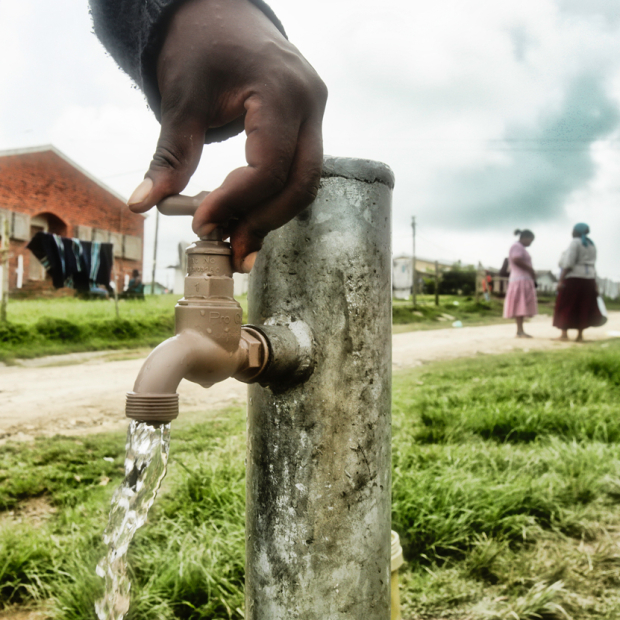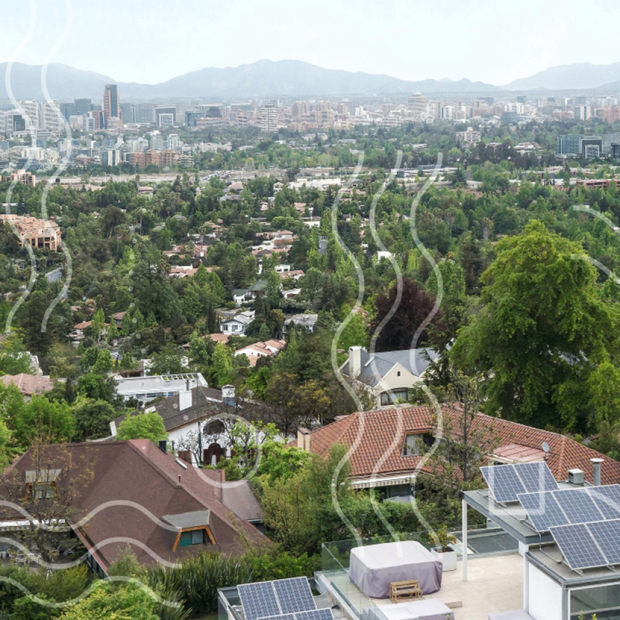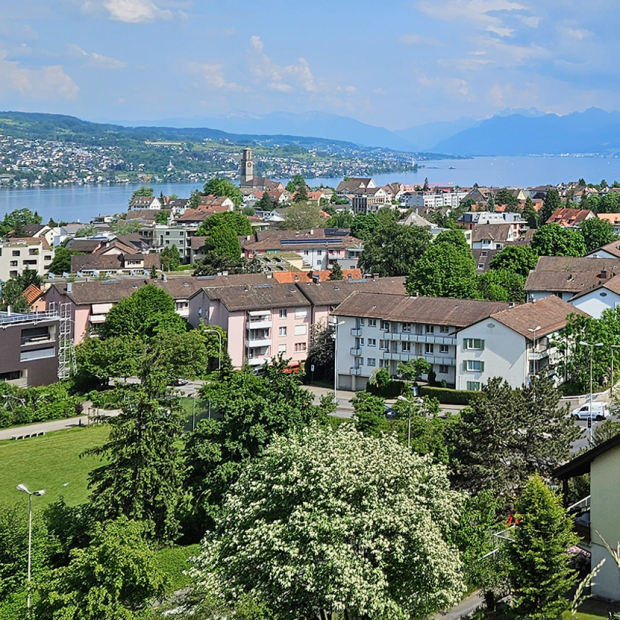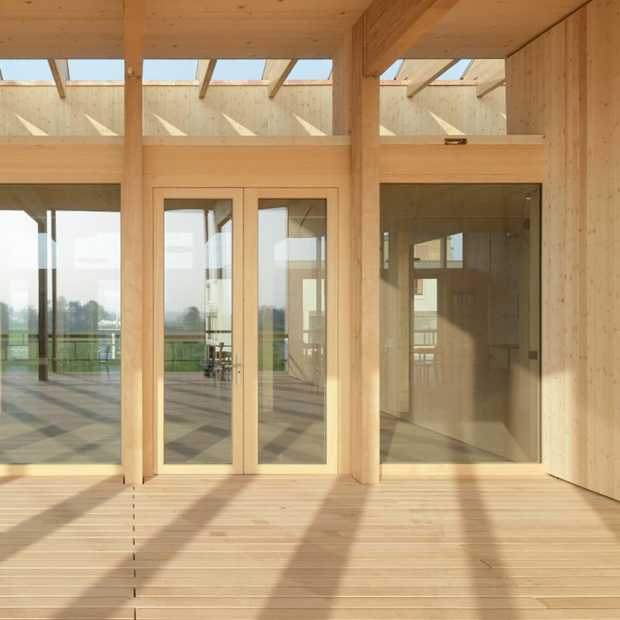

Chilean National Strategy on Forests and Climate Change (REDD+)
Within the framework of the Chilean National Strategy on Forests and Climate Change, EBP is developing a series of projects to quantify forest degradation and measures to stop it.
The Chilean strategy on forests and climate (Estrategia Nacional de Cambio Climático y Recursos Vegetacionales, ENCCRV) is led by the climate change department of the national forestry authority. The goal is to raise the capacity of Chilean forests to sequester carbon over a long-period of time. At the same time, measures are to be developed that prevent deforestation and forest degradation, particularly of primary forests (REDD+). The measures should be developed in close collaboration with stakeholders that depend on the forests for their livelihoods, particularly indigenous populations.
Forest Carbon Partnership Facility (FCPF)
During the strategy’s preparatory phase through the end of 2016, a series of basic principles and methods were developed that would become important for the implementation phase in 2017. The projects were primarily financed by multilateral development banks and other international organizations, such as the Forest Carbon Partnership Facility (FCPF) of the World Bank, the Inter-American Development Bank (IDB), UNEP, UNDP, as well as DEZA.
International and national consulting firms, as well as national universities, were responsible for implementing the projects. EBP was and continues to be involved in several of the key projects related to the preparation and implementation phases:
Program development according to the Verified Carbon Standard (VCS) for the Mediterranean forests in Chile
EBP, in collaboration with the University Mayor and Carbon Decisions International, developed a method that uses satellite images, vegetation indices and field data from the forestry inventory to help identify, with relatively little effort, biomass changes from land-use change, deforestation and forest degradation. In addition, EBP developed the necessary components for a regional climate change mitigation program. The project was financed by the IDB.
Analysis of the drivers of deforestation and forest degradation
In collaboration with the University Mayor (Oterra), EBP was commissioned by the World Bank’s FCPF to analyse the drivers of biomass loss. The analysis drew on information gathered through remote-sensing, workshops and a participative process with affected populations, as well as from expert inputs. For the presentation of the relationships between the different drivers, EBP developed a visualization and prioritization tool. The project resulted in the identification of a series of measures to control the drivers.
Measures for the increased use of certified firewood in Chile
One of the principle drivers of forest degradation in Chile is the informal and unsustainable use of firewood, particularly in the southern part of the country and primarily for heating buildings. In addition to causing a loss of biomass in the forests, the degradation leads to air pollution in Chile’s southern cities. EBP, in collaboration with the Chilean National System for Firewood Certification (SNCL), and with the commission of the FCPF, has developed a wealth of measures to increase the offer of certified firewood. Certified firewood fulfils a range of quality criteria designed to prevent forest degradation and air pollution. For example, certified firewood comes from sustainably managed forests or it must at least be air-dried to increase its calorific value. In addition to the measures for firewood certification, EBP developed the methods for Monitoring, Reporting and Verification (MRV) on the greenhouse gas emissions that are being reduced as a result of the measures. The project was the focus of a one-week tour in 2017 on best practice project examples of the ENCCRV, in which circa 100 people participated from Chile and from the donors, including the World Bank, UNDP, UNEP, IDB, DEZA and many more (see video).










